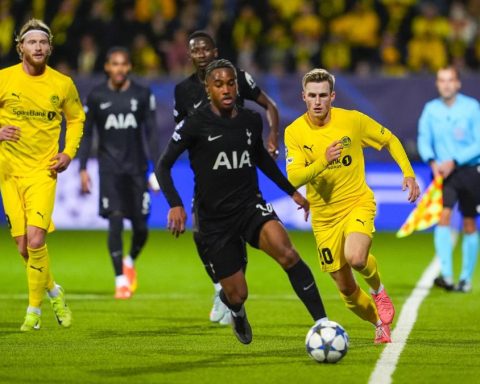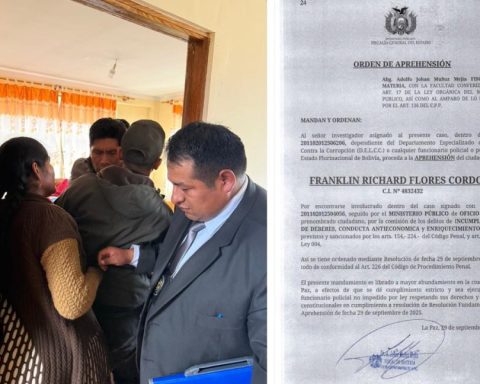April 4, 2023, 6:48 AM
April 4, 2023, 6:48 AM

In Ancient Rome, the fascinum was an amulet in the shape of an erect penis that was used to ward off evil energies. That’s where the word fascination comes from.
And precisely that fascination by penises was the inspiration of biologist Emily Willingham, a specialist in urology at the University of Texas and a researcher in reproductive biology.
Willingham is the author of the book phallacy: life lessons from animal penises(Fallacy: life lessons from animal penises).
In English, Phallacy is a pun on fallacy and fallacy
And that is the premise of his book: that humans have always created myths about the penissome of which can be harmful to us.
To debunk these myths, Willingham undertook the task of studying the penises of several species of animals, with the aim of “putting the human penis into perspective”.
That was how he found ducks with penises in the shape of corkscrewwhose females have an adapted vagina to protect themselves from the damage that this type of penis can cause.
Insects that have their penis in their abdomen and that to reproduce insert it into any part of their partner’s body, even their head.
Or octopuses that use a tentacle to transfer their sperm and detach from that member to prevent the much larger female from grabbing it. devour.
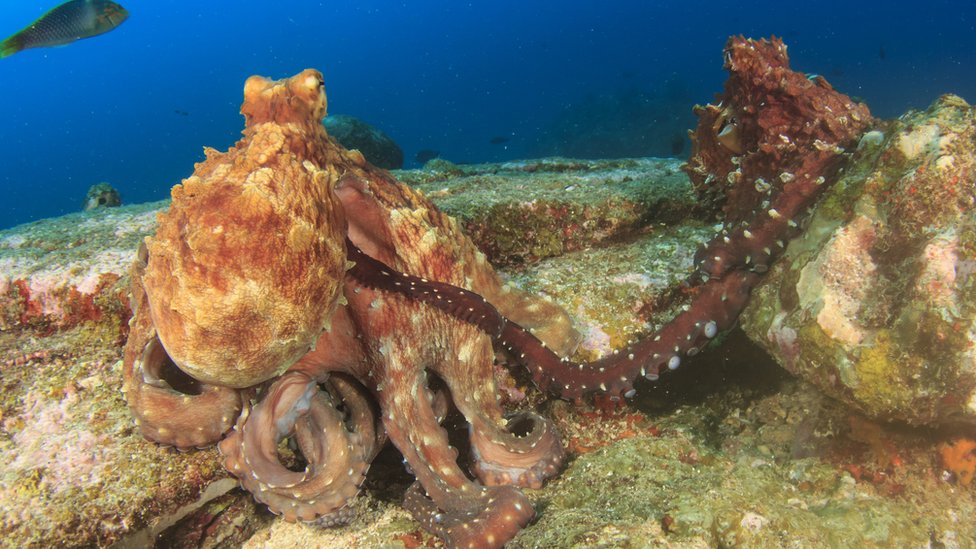
Or seahorses, where the female is the one who has a protruding structure with which to penetrates the male and transfers her eggs to her. Thus, it is the male who becomes pregnant.
Those are just a few examples of the fascinating ways that nature has evolved.
But what does the human penis look like when viewed within the context of animals with much larger penises? complex and sophisticated?
We talked about that with Emily Willingham.
Your book is based on the premise that for a long time we have been told a lot of lies about the human penis. What are those big lies?
The biggest lie is to believe that they have special characteristics compared to the penises of other species, which is not true.
That’s why I found it fun and useful to study those penises that have so many interesting functions and are capable of doing so many things beyond transferring gametes.
I think that helps to put the human penis into perspective, to take all the attention away from the penis.
whatNo.Or is it a bit complicated to compare our genitals and behaviors with those of species that are very different from us?Yes it is. The reason the book discusses so many other species is to contextualize the fallacious claims that the human penis is extraordinary. But these comparisons are not intended to generalize behaviors or characteristics of a species with ours.
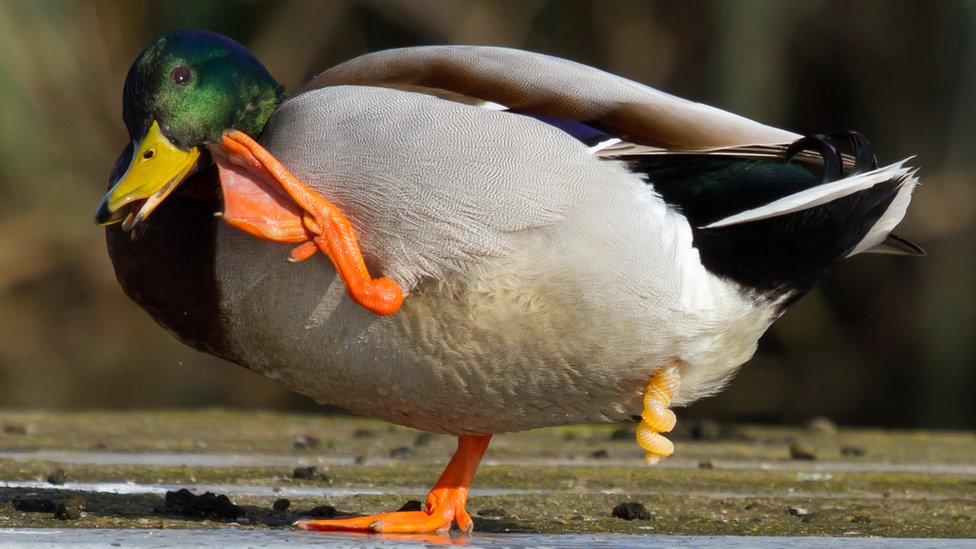
Do you think humans pay too much attention to penises?
It seems absolutely perfect to me to be proud of any part of your body, it is simply something that you like.
What happens is that as humans we tend to focus on that part, and that puts a lot of pressure on people who are not proud of that organ.
That is unnecessary pressure. That causes unnecessary concern.
The evidence shows that someone is not going to be interested in you because of the size of your penis, but people cling to that idea. Penis size is not among the most important characteristics someone looks for in a sexual partner. That is an idea that has been exaggerated, it has been overrated.
It is very rare behavior to put pressure on something we have no control over.
It’s okay if you want to feel proud of your penis, but it’s also true that you don’t have to feel pressure if your penis doesn’t have a certain size or shape, nor do you have to feel that it defines you as a person or a man.
When it comes to chimpanzees and bonobos, our closest relatives, I’ve never seen anyone document these animals looking at each other’s genitals and saying “wow.”
So I think that the interest in the penis is a sociocultural construct.
And in that sense, you say that your research is about carry the penises to the place that really belongs to them. Which place is that?
The place of a penis is the one where two or more adults, with consent, want to put it, I suppose…
But obviously your question is cultural, and in that sense I think we should treat the penis as a part of the anatomy that is very important to whoever has it, and that’s great.
However, that does not mean that the penis should be seen as something emblematic of the person.
The penis doesn’t say what kind of person someone is, or their gender, or anything, it’s just another part of the body. It is by no means the whole person.
Like any part of the body, the penis plays a role in intimacy and in the process of getting to know each other, it has to do with taking the time to see what part of the body you want to know about each other.
The penis should be seen as an organ of intimacy, not intimidation.
It should not be seen as something you wear to behave like a man, or to show masculinity.
Instead, you can use it to show trust and intimacy with someone you like.
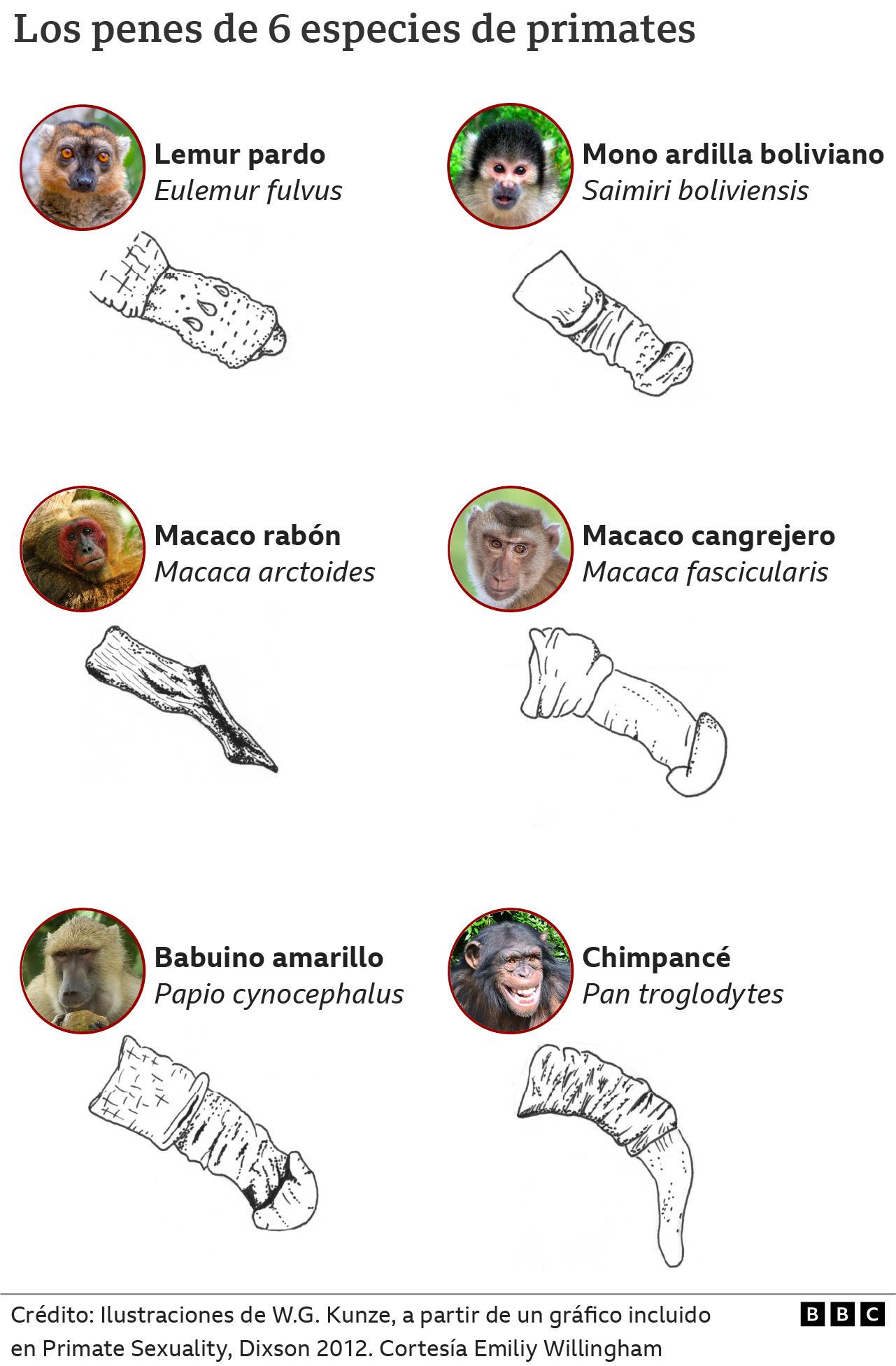
My point is that there are species that just do their thing for two seconds and that’s it.
If you look at the genitalia of those species, they tend to be quite complex. We humans are at the other extreme.
Our genitals are not complex.
The general pattern with genitalia is that generally the more specialized features they have, the less prelude to sexual contact there is between the couple and the more likely “forced copulation” or rapid copulation is a strategy.
If humans fit this pattern, then the lack of specialized features in the human penis suggests that we may have generally tended to undergo some preliminary rites, including establishing some form of intimacy or other recognition of mutual interest, before sexual contact.
So that’s what I saw. It seems that we are biologically wired to take the time to build intimacy before taking the next step, instead of mating for two seconds like a flea does.

One of the great current discussions has to do with the relationship between gender and the genitals, what did you observe in your research? about it?
Yes, lately I see many people who say that according to biology there are two sexes, and that one of those sexes has a penis and the other has another type of structure. That is not true.
It is enough to look at nature and find many examples in which there are more than two sexes, that is, animals that can produce both types of gametes, or species that are intersex, which are defined by several types of sex.
In addition, there are animals that have something that one would think is a penis, it is something that they actually insert into their partner and transfer gametes, but, at the same time, they are the ones who have the ovaries, they are the ones who produce the ovules.
So that shows us that the penis is not limited to those that produce sperm.
And as I said, there are animals that produce both.
An example is sea slugs or barnacles, which are immobile, they do not swim or move, they are embedded in the stones.
So for them it is very useful that the partner next to them can produce and transfer both types of gametes, either eggs or sperm.
There are some species of insects in which the partner that produces the ovules does not receive the sperm through a tube inserted by its partner. Instead, he uses a kind of vacuum that he inserts into his partner to extract the sperm.
So no, the binary is not correct, it is not enough to describe the variety that exists in nature.
Your book is full of examples of animals with tremendously complex penises. Among the primates, our closest relatives, which one caught your attention?
Among primates, the tailed macaque has a penis that looks like a spatula. It looks like a pointed garden spade.
The reason is that the female’s vagina has a structure that hangs like a stalactite and completely closes the cavity. So the macaque has to slide his spatula under that stalactite.
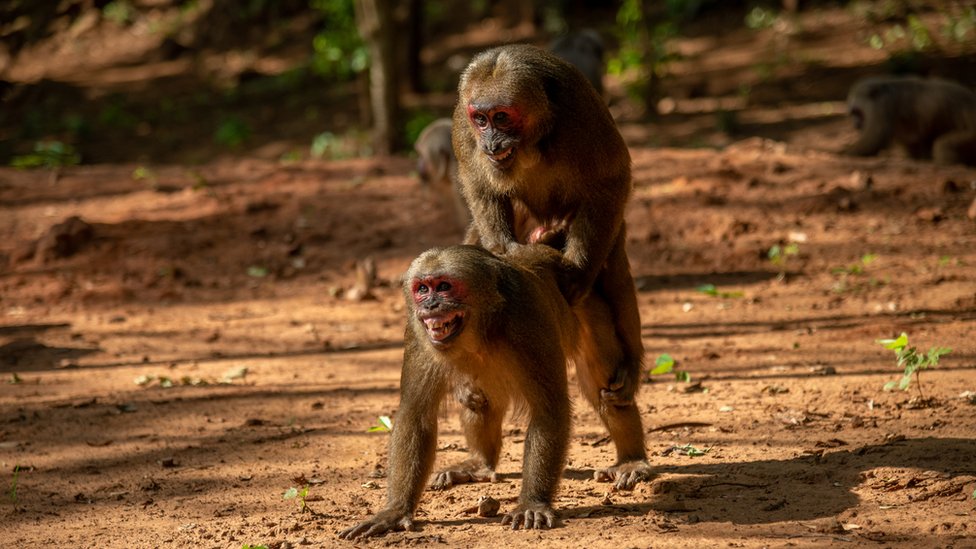
There is a myth that is repeated half seriously, half jokingly, which says that when a man is excited, blood accumulates in the penis to generate an erection and that is why not enough oxygen reaches the brain, which is why he cannot reason. good. Does that make any sense at all?
[Risas] Noooo, physiologically that is not correct.
What happens to any person who becomes sexually aroused has nothing to do with their blood having gone elsewhere.
One might think that substances like adrenaline can make your head feel hot, but it definitely has nothing to do with a lack of oxygen to the brain.
The penis is not big enough to carry all the blood from the brain. That is not how it works.
And from a biological point of view, do other things make sense?the myths How is there a relationship between having a penis and being more aggressive?
Violence comes in many forms, and having a penis is not something that makes a person more violent or more aggressive.
And between having a penis and the need to have more sexual partners?
Did you study anything about sexual fidelity between humans? How biological or cultural is the idea of only having one sexual partner at a time?I didn’t focus much on this, but mating structures vary globally between human cultures, and sexual behaviors aren’t always mating behaviors, so it’s tricky.
Many factors are involved in various patterns of these behaviors, including resources, sex ratio, sociocultural factors, sexual orientation, age, among others.
The general pattern with genitalia is that generally, the more specialized features they have, the less prelude to sexual contact there is between two partners, and the more likely “forced copulation” or rapid copulation is to be a strategy.
If humans fit this pattern, then the lack of specialized features in the human penis suggests that we may have generally tended to undergo some preliminary rites, including establishing some form of intimacy or other recognition of mutual interest, before sexual contact.
Remember that you can receive notifications from BBC Mundo. Download the new version of our app and activate them so you don’t miss out on our best content.

